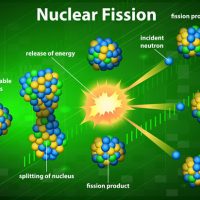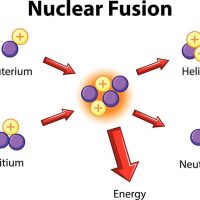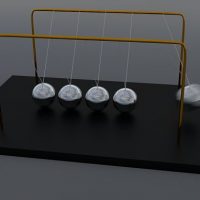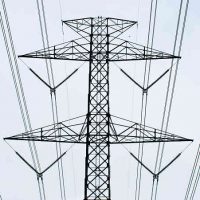We are dependent on the Sun to give us enough light and heat essential to support life on Earth. We receive roughly 2 billionths of the energy the Sun emits, giving us daylight, warmth, and a small amount of energy to sustain photosynthesis (and all living things dependent on plants). But how does the Sun produce energy?
The sun produces energy through nuclear fusion of hydrogen atoms into helium in its core.
How does the sun produce energy?
The Sun is essentially a massive fusion reaction. It is believed that the Sun was originally a gigantic cloud of gas and particles that collapsed under its own gravitational pull. Its collapse turned the cloud into a giant ball of gases with vast amounts of hydrogen at its centre.
The core of the Sun is incredibly hot (over 15 million degrees Kelvin), and it is also under an immense amount of pressure (about 250 billion atmospheres).
This compression and heat causes the hydrogen atoms to fuse together into helium, a process known as nuclear fusion. One by-product of this reaction is a large amount of energy, in the form of light and heat, that is released as hydrogen is fused into helium.
Ninety-nine percent of the Sun’s fusion reaction happens in its core, releasing the energy equivalent of nearly 92 billion megatons of TNT per second. The rest of the Sun is heated by this energy, transferred up through the various layers until it is released into space.
At its surface, the Sun’s temperatures is far cooler than in the core, about 5,800K. However, the temperature rises back up to over 1,000,000K in the Sun’s outer atmosphere (the corona), a phenomenon not fully understood by scientists.











